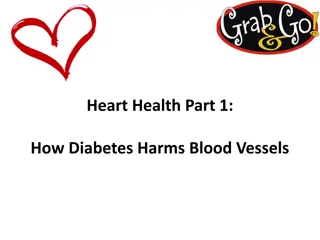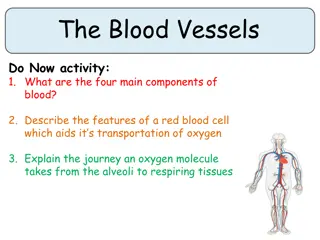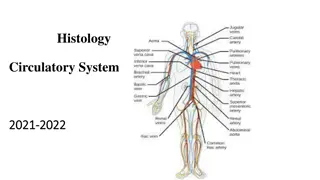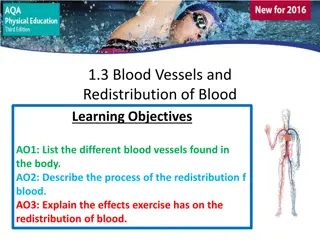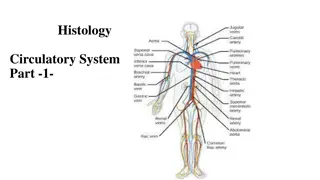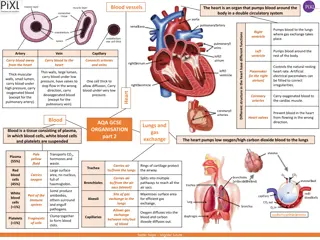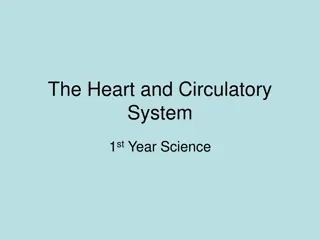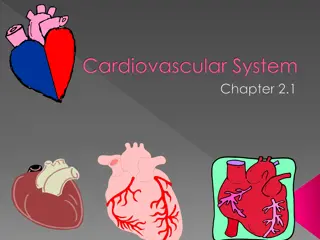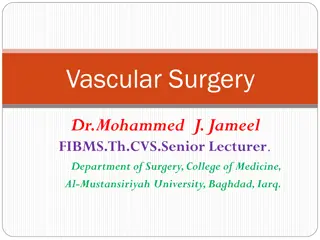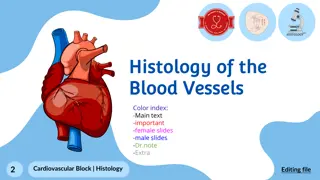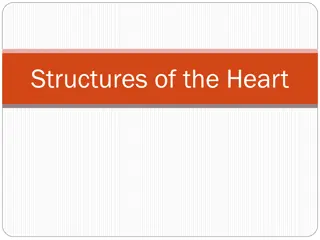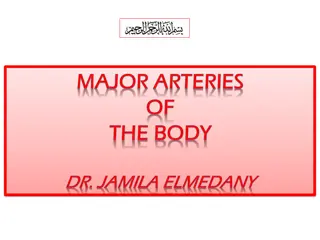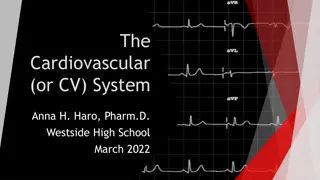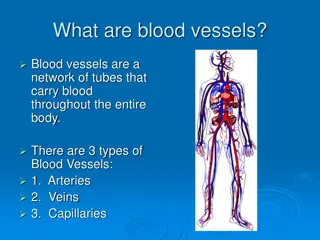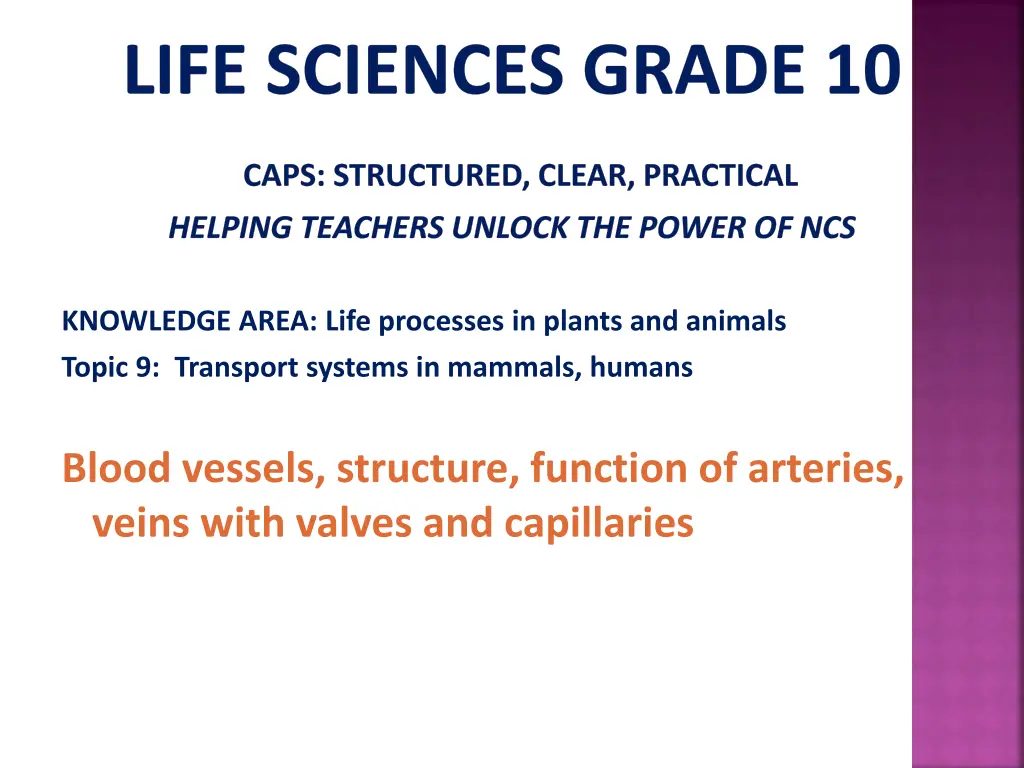
Understanding Blood Vessels and Transport Systems in Humans
Explore the intricate network of blood vessels in the human body, including arteries, veins, and capillaries. Learn about their structures, functions, and the importance of valves in maintaining blood flow efficiency. Discover how these transport systems work to support overall health and wellbeing.
Download Presentation

Please find below an Image/Link to download the presentation.
The content on the website is provided AS IS for your information and personal use only. It may not be sold, licensed, or shared on other websites without obtaining consent from the author. If you encounter any issues during the download, it is possible that the publisher has removed the file from their server.
You are allowed to download the files provided on this website for personal or commercial use, subject to the condition that they are used lawfully. All files are the property of their respective owners.
The content on the website is provided AS IS for your information and personal use only. It may not be sold, licensed, or shared on other websites without obtaining consent from the author.
E N D
Presentation Transcript
LIFE SCIENCES GRADE 10 CAPS: STRUCTURED, CLEAR, PRACTICAL HELPING TEACHERS UNLOCK THE POWER OF NCS KNOWLEDGE AREA: Life processes in plants and animals Topic 9: Transport systems in mammals, humans Blood vessels, structure, function of arteries, veins with valves and capillaries
1. Knowing Life Sciences 2. Investigating Phenomena in Life Sciences 3. Appreciating and Understanding the History, Importance and Applications of Life Sciences in Society
SPECIFIC SKILLS Access information Apply knowledge in new contexts Select key ideas Use knowledge in a new way Recall information Analyse information/data Describe knowledge of NS Critically evaluate scientific information Build a conceptual framework Organise or reorganise knowledge Recognise relationships between existing knowledge and new ideas Write summaries Develop flow charts and mind maps Identify assumptions Recognise patterns and trends Categorise information
BLOODVESSELS AND VALVES: STRUCTURE AND FUNCTIONS The aorta and pulmonary arteries have a special valve at their entrance. These valves are called the semi lunar valves. These valves have 3 cusps and are semi circular in shape. Function: To prevent the blood from flowing back into the ventricles.
BLOOD VESSEL: ARTERIES, VEINS AND CAPILLARIES. Arteries carry blood away from the heart to the organs and limbs of the body. They have thick elastic walls because arteries must be able to stretch when blood is pumped into them by the heart. The blood surges with each heartbeat. This pulse can be felt where an artery runs near the surface of the skin or over a bone. Arteries divide into thinner vessels, arterioles. These arterioles branch to form a dense network of capillaries in the body organs.
VEINS Veins have thinner less elastic walls than arteries. They provide a wider passage for blood flow. As the blood pressure is very low in veins blood could flow backwards. To prevent the blood from flowing backward veins have a system of one way valves that prevent the backflow of blood. When the blood flows backwards the valves close to prevent this.
CAPILLARIES. Capillaries are thinner than a human hair. Their walls are only one cell thick, with spaces between the cells so that plasma and white blood cells can pass through. Plasma carries dissolved food and oxygen directly to the tissue cells, and carbon-dioxide and other waste products are carried away. Blood flow slows down in the capillaries so that this exchange has more time to take place between tissue fluid and the capillary. Red blood cells do not leave the capillaries. Capillaries join to form wider vessels called venules which then become veins.
THE VALVES On the diagram all 3 valves are visible. Observe the number of cusps or flaps and the shape of the flaps. Tabulate the structural and function differences between the three types of valves in the heart.
STRUCTURAL AND FUNCTIONAL DIFFERENCES BETWEEN THE VALVES FOUND IN THE HEART. Bicuspid Tricuspid Semi lunar 1. Found between the left atrium and ventricle 1. Found between the right atrium and ventricle. 1. Found at the entrance of the aorta and pulmonary artery. 2. Made up of 2 flaps 2. Made up of 3 flaps 2. Made up of 3 flaps 3. Prevents oxygenated blood from flowing back into the left atrium when the left ventricle contracts 3. Prevents deoxygenated blood from flowing back into the right atrium when the right ventricle contracts. 3. Prevents the blood from falling back into the ventricles.

